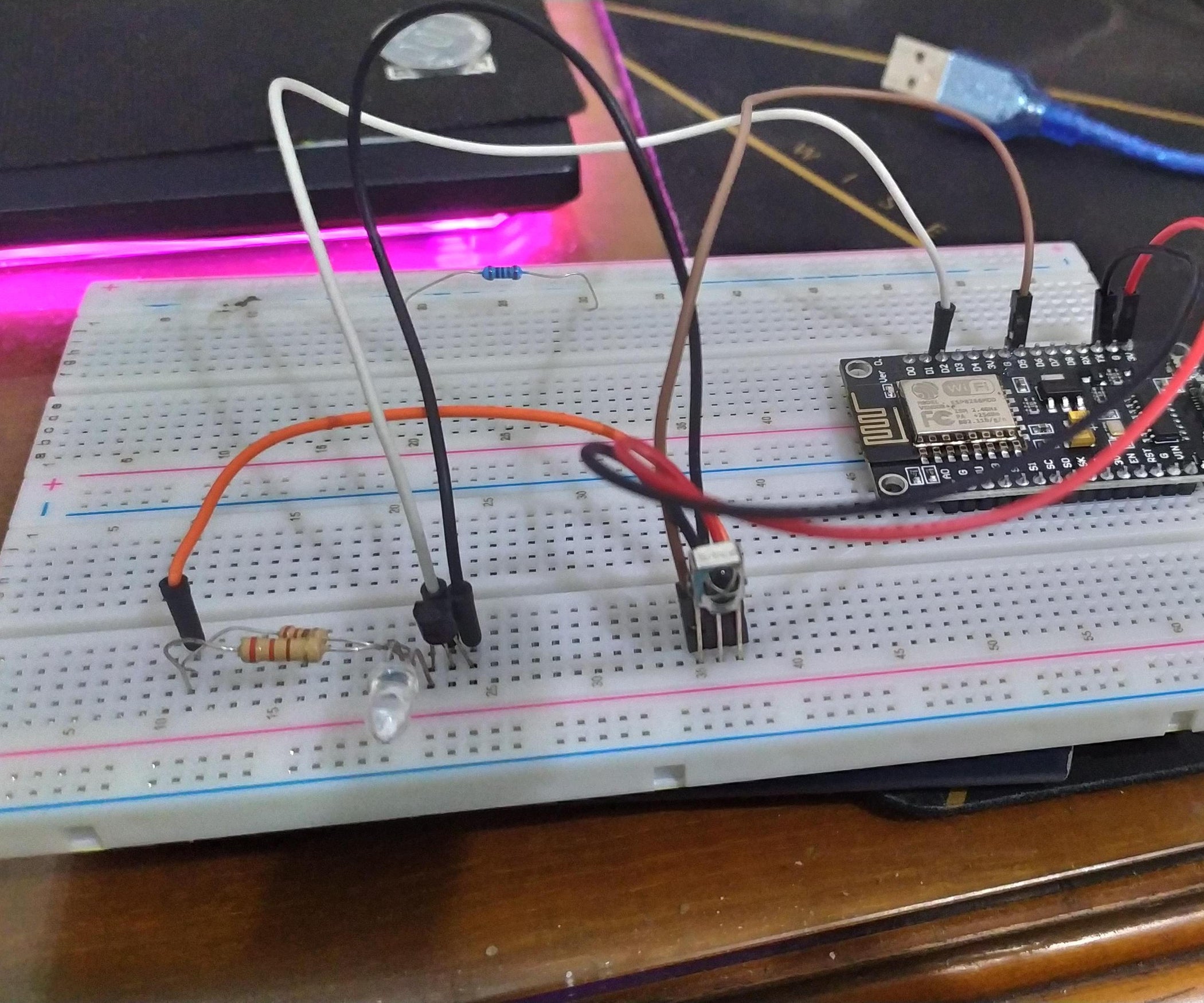Hey there, tech enthusiasts! Let’s dive straight into the heart of the matter, shall we? Best IoT SSH practices are not just buzzwords; they’re the backbone of securing your smart home devices from digital intrusions. Imagine this: your smart fridge, thermostat, and security cameras are all connected to the internet. Now, ask yourself—how safe are these devices from hackers? That’s where SSH comes in, acting as your personal digital bodyguard. Without proper setup, your IoT devices could be sitting ducks for cybercriminals. But don’t panic yet! There’s a lot you can do to fortify your smart home ecosystem.
In today’s interconnected world, securing your IoT devices isn’t optional—it’s essential. SSH, or Secure Shell, is one of the most reliable tools for managing and securing remote connections. It’s like having a secret tunnel that only you and your devices can use. Whether you’re a tech-savvy pro or a newbie, understanding SSH in the context of IoT will save you tons of headaches down the road.
So, buckle up! This article will take you on a journey through the best IoT SSH practices, covering everything from basic setup tips to advanced configurations. We’ll also explore some common mistakes to avoid and how to troubleshoot issues along the way. By the end of this, you’ll be armed with the knowledge to keep your smart home safe and sound. Let’s get started!
- Odia Viral Mms Video The Phenomenon Unveiled
- Lacy Kim Nudes The Truth Behind The Clickbait And The Importance Of Privacy Awareness
Table of Contents
- What is SSH?
- Why SSH is Crucial for IoT
- Basic SSH Setup for IoT Devices
- Advanced SSH Configurations
- Common Mistakes to Avoid
- Troubleshooting IoT SSH Issues
- Top Security Tips for IoT SSH
- Best IoT SSH Practices
- Tools and Resources for IoT SSH
- Conclusion and Next Steps
What is SSH?
Alright, let’s break it down. SSH, or Secure Shell, is a network protocol that allows you to securely connect to remote devices over an unsecured network. Think of it as a digital handshake that ensures no one else can eavesdrop on your communication. When it comes to IoT, SSH is your best friend for managing and monitoring devices remotely.
Here’s why SSH is a game-changer:
- It encrypts all data transmitted between your device and the server, making it nearly impossible for hackers to intercept.
- It provides a secure way to execute commands on remote devices, which is crucial for maintaining and troubleshooting IoT setups.
- It supports key-based authentication, which is way more secure than traditional passwords.
Without SSH, your IoT devices would be vulnerable to attacks. But with the right setup, you can rest easy knowing your devices are protected.
- Movierulz 2025 Kannada Your Ultimate Guide To Stream And Download Kannada Movies
- Unlock The Secrets Of Vegamovies Archive Your Ultimate Movie Haven
Why SSH is Crucial for IoT
IoT devices are everywhere these days, from smart thermostats to voice assistants. But with convenience comes responsibility. Each connected device is a potential entry point for hackers. That’s where SSH shines. By using SSH, you can:
- Securely access and manage your devices from anywhere in the world.
- Monitor device performance and troubleshoot issues without physically being present.
- Protect sensitive data transmitted between devices and servers.
But here’s the kicker—SSH isn’t just about security. It’s also about efficiency. With SSH, you can automate tasks, update firmware, and even deploy new software remotely. This saves you time and effort, especially if you’re managing multiple IoT devices.
SSH vs. Other Protocols
Why choose SSH over other protocols like Telnet or FTP? Simple—security. While older protocols might be easier to set up, they lack the encryption and authentication features that SSH offers. In the world of IoT, where security is paramount, SSH is the clear winner.
Basic SSH Setup for IoT Devices
Setting up SSH on your IoT devices doesn’t have to be rocket science. Here’s a step-by-step guide to get you started:
- Enable SSH on Your Device: Most IoT devices come with SSH disabled by default. Check your device’s documentation to learn how to enable it.
- Generate SSH Keys: Instead of using passwords, generate SSH keys for authentication. This adds an extra layer of security.
- Connect to Your Device: Use an SSH client like PuTTY (for Windows) or Terminal (for macOS and Linux) to connect to your device.
- Test the Connection: Once connected, try running a simple command to ensure everything is working as expected.
Remember, the devil is in the details. Take your time to ensure each step is done correctly. Rushing through the setup process can lead to security vulnerabilities down the line.
Tips for a Secure Setup
Here are a few tips to keep in mind during the setup process:
- Always use strong, unique passwords for your SSH keys.
- Disable password authentication if possible, relying solely on key-based authentication.
- Limit SSH access to specific IP addresses to reduce the risk of unauthorized access.
Advanced SSH Configurations
Once you’ve mastered the basics, it’s time to take your SSH game to the next level. Advanced configurations can significantly enhance the security and functionality of your IoT setup. Here are a few ideas:
- Port Forwarding: Use SSH to create secure tunnels for other applications, such as file transfers or web browsing.
- SSH Tunnels: Set up SSH tunnels to securely access internal networks from outside.
- Public Key Authentication: Implement public key authentication to eliminate the need for passwords altogether.
Advanced configurations might sound intimidating, but with a little practice, you’ll be a pro in no time. Just remember to document your changes and test them thoroughly before deploying them in a live environment.
SSH Configuration File
Your SSH configuration file, usually located at ~/.ssh/config, is your go-to place for customizing SSH settings. Here’s an example of what it might look like:
Host my-iot-device
HostName 192.168.1.100
User admin
Port 22
IdentityFile ~/.ssh/id_rsa
This setup allows you to connect to your IoT device with a simple command: ssh my-iot-device. Neat, right?
Common Mistakes to Avoid
Even the best of us make mistakes. Here are some common pitfalls to watch out for when setting up SSH for IoT:
- Using Weak Passwords: Weak passwords are a hacker’s dream. Always use strong, unique passwords for your SSH keys.
- Leaving Default Settings: Default usernames and passwords are the first thing hackers try. Change them immediately after setup.
- Ignoring Updates: Keeping your SSH software up to date is crucial for security. Regularly check for updates and apply them promptly.
By avoiding these common mistakes, you’ll significantly reduce the risk of security breaches. It’s all about staying one step ahead of the bad guys.
Troubleshooting IoT SSH Issues
Even with the best setup, things can go wrong. Here’s how to troubleshoot common SSH issues:
- Connection Refused: Check that SSH is enabled on your device and that the correct port is being used.
- Authentication Failed: Double-check your SSH keys and ensure they’re correctly installed on both the client and server.
- Timeout Errors: Ensure there are no firewall rules blocking SSH traffic and that your network connection is stable.
Remember, troubleshooting is all about patience and persistence. Don’t give up if things don’t work the first time. Keep experimenting until you find the solution.
Useful Tools for Troubleshooting
Here are a few tools that can help you troubleshoot SSH issues:
- SSH Logs: Check the SSH logs on your device for clues about what went wrong.
- Network Scanners: Use tools like Nmap to scan your network for open ports and potential vulnerabilities.
- Debug Mode: Run SSH in debug mode to get detailed information about the connection process.
Top Security Tips for IoT SSH
Security should always be your top priority when working with IoT devices. Here are some top tips to keep your setup secure:
- Use Strong Authentication: Always use strong, unique passwords and consider implementing two-factor authentication.
- Regularly Update Firmware: Keep your devices’ firmware up to date to protect against known vulnerabilities.
- Monitor Activity Logs: Regularly check your SSH logs for any suspicious activity.
By following these tips, you’ll create a robust security framework that will keep your IoT devices safe from harm.
Best IoT SSH Practices
Now that we’ve covered the basics and advanced configurations, let’s talk about best practices. Here’s a quick rundown:
- Limit Access: Restrict SSH access to only those who need it.
- Regular Audits: Conduct regular security audits to identify and address any vulnerabilities.
- Document Everything: Keep detailed records of your SSH setup and configurations.
Best practices are the foundation of a secure IoT setup. By following them, you’ll ensure your devices are protected now and in the future.
Tools and Resources for IoT SSH
Here are some tools and resources to help you with your IoT SSH journey:
- SSH Clients: PuTTY, Terminal, and MobaXterm are excellent SSH clients for different platforms.
- Documentation: Refer to your device’s official documentation for detailed setup instructions.
- Online Communities: Join online forums and communities to learn from others and share your experiences.
Having the right tools and resources at your disposal can make a world of difference. Don’t hesitate to reach out for help when you need it.
Conclusion and Next Steps
And there you have it—a comprehensive guide to the best IoT SSH practices. By now, you should have a solid understanding of how SSH works, why it’s crucial for IoT, and how to set it up securely. Remember, security is an ongoing process. Stay vigilant, keep learning, and adapt to new threats as they emerge.
So, what’s next? Start by securing your existing IoT devices using the tips and tricks we’ve discussed. Then, explore advanced configurations to take your setup to the next level. And don’t forget to share this article with your friends and colleagues—knowledge is power!
Got any questions or feedback? Drop a comment below, and let’s keep the conversation going. Happy securing!
- Unveiling The Truth About Odia Mms A Comprehensive Guide
- Movierulz 2025 Ndash Your Ultimate Guide To Downloading Movies Safely


